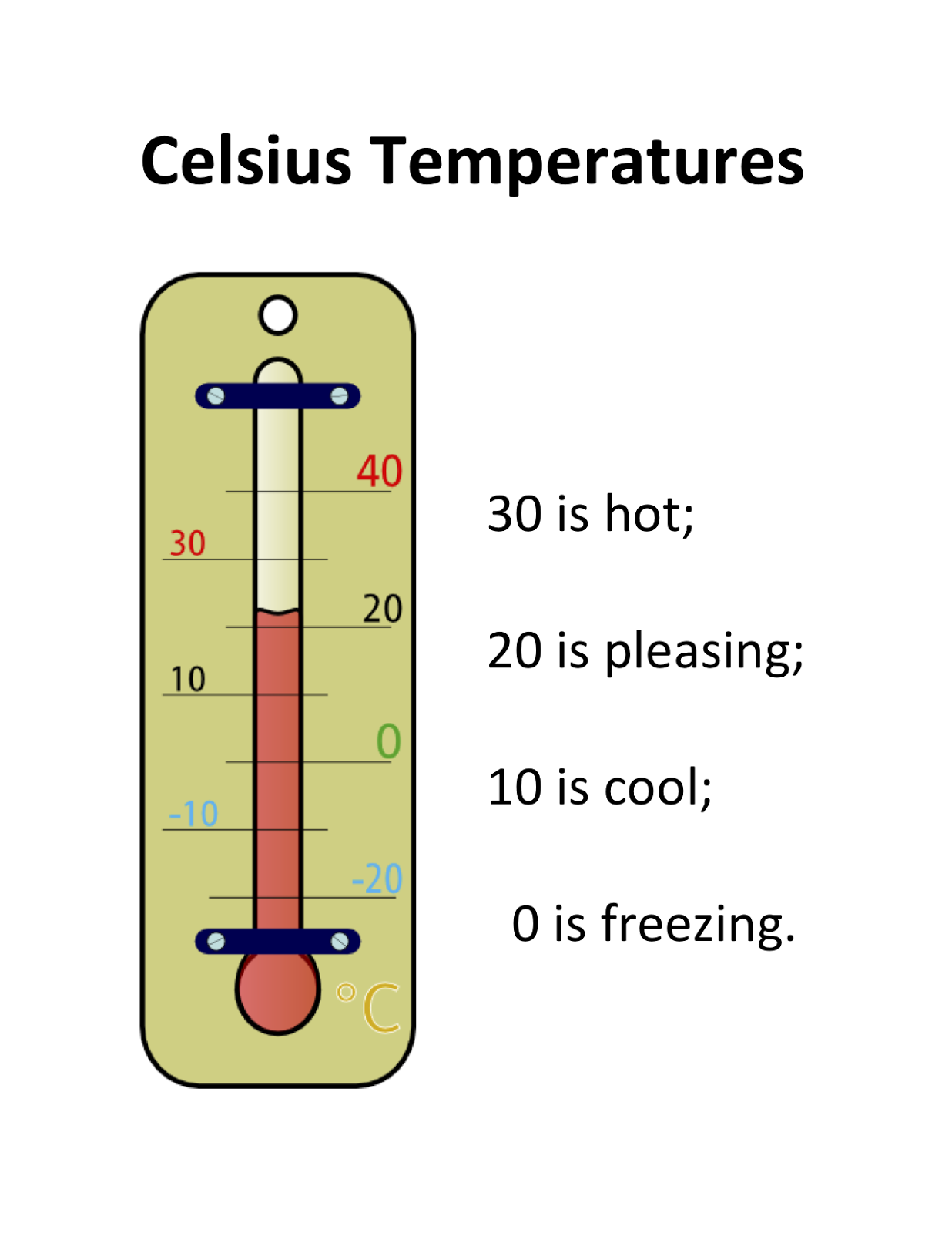34 degrees Celsius is often a temperature that evokes a range of reactions, from the discomfort of heat to the pleasant warmth experienced during a sunny day. This article will delve into the significance of this temperature, examining its implications in various contexts such as health, climate, and daily life. Understanding how 34 degrees Celsius affects us is essential for both individuals and communities, particularly in an era of changing climate conditions. In this guide, we will explore the multifaceted aspects of this temperature, including its impact on our health, the environment, and how we can adapt to varying climate conditions.
As global temperatures continue to rise, comprehending the implications of specific degrees such as 34 degrees Celsius becomes increasingly critical. This temperature can influence our daily routines, affect our physical well-being, and shape our understanding of weather patterns. Moreover, the concept of thermal comfort plays a crucial role in how we perceive temperature, and this guide aims to provide insights into that experience.
In the following sections, we will break down the various aspects of 34 degrees Celsius, providing valuable information and practical guidance. From exploring the health risks associated with high temperatures to understanding how to stay safe and productive in such conditions, this article aims to equip you with the knowledge you need to navigate the heat effectively.
Table of Contents
- Introduction
- Health Implications of 34 Degrees Celsius
- Environmental Impacts of 34 Degrees Celsius
- Daily Life Implications
- Global Climate Trends
- Conclusion
- Call to Action
Health Implications of 34 Degrees Celsius
When the temperature reaches 34 degrees Celsius, it is essential to consider its health implications. High temperatures can lead to various health issues, especially among vulnerable populations.
Heat-Related Illnesses
Exposure to high temperatures can result in several heat-related illnesses, including:
- Heat exhaustion
- Heat stroke
- Dehydration
- Heat cramps
Understanding the symptoms of these illnesses is crucial. Symptoms of heat exhaustion include heavy sweating, weakness, and dizziness. Heat stroke, on the other hand, is more severe and can lead to confusion, loss of consciousness, and even death.
Preventive Measures
To mitigate the risks associated with high temperatures, consider the following preventive measures:
- Stay hydrated by drinking plenty of water.
- Avoid strenuous activities during peak heat hours.
- Wear light and breathable clothing.
- Use fans or air conditioning to cool down your living space.
Environmental Impacts of 34 Degrees Celsius
The environmental impacts of reaching 34 degrees Celsius can also be profound. This temperature can affect ecosystems, agriculture, and wildlife.
For instance, high temperatures can lead to:
- Increased evaporation rates, affecting water supply.
- Stress on crops, leading to reduced yields.
- Wildfires due to dry conditions and heat.
Daily Life Implications
Living in a climate where temperatures frequently reach 34 degrees Celsius can significantly affect daily life.
Work Productivity
High temperatures can reduce work productivity, particularly in non-air-conditioned environments. Studies show that cognitive performance can decline in extreme heat, making it challenging to concentrate and complete tasks efficiently.
Outdoor Activities
For those who enjoy outdoor activities, understanding how to manage heat exposure is vital. Consider these tips:
- Plan outdoor activities for early morning or late afternoon when it’s cooler.
- Take regular breaks in shaded or cool areas.
- Wear sunscreen to protect against UV rays.
Global Climate Trends
The rise of average global temperatures, including instances of reaching 34 degrees Celsius, is linked to climate change. According to the Intergovernmental Panel on Climate Change (IPCC), extreme heat events are becoming more frequent due to rising greenhouse gas emissions.
Understanding these trends helps us prepare for future climate scenarios and adapt to the changing environment.
Conclusion
In summary, 34 degrees Celsius is a temperature that carries significant implications for health, the environment, and daily life. By understanding these impacts and taking preventive measures, we can navigate the challenges posed by high temperatures more effectively.
Call to Action
We encourage you to share your thoughts on how you cope with high temperatures in the comments below. Additionally, feel free to share this article with friends and family who may benefit from this information. For more insights on climate and health, consider exploring our other articles.
Thank you for reading, and we hope to see you back on our site for more informative content!
McDonald's Reducing Prices: A Strategic Move To Attract More Customers
Lyon France Protests: Understanding The Causes And Impacts
Karen Savir: A Journey Through Art And Innovation


